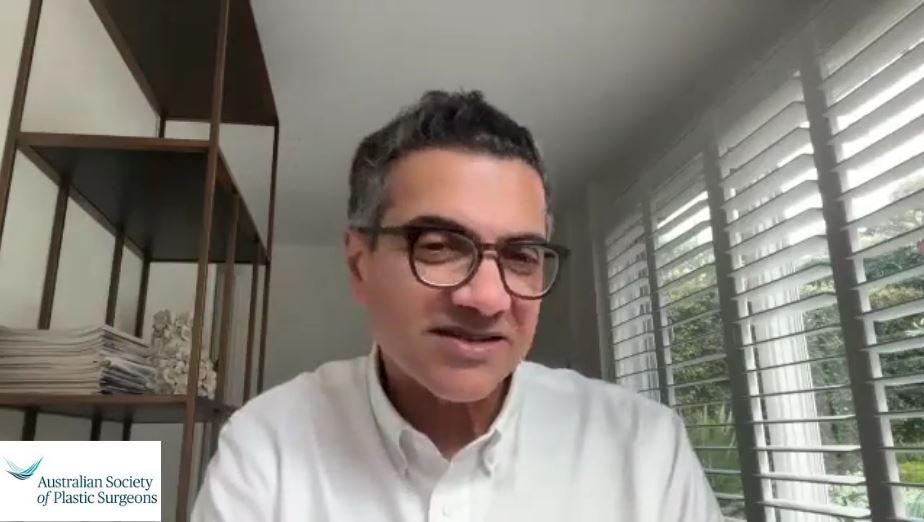Procedures
Genital Reconfiguration Surgery
- About Your Specialist Plastic Surgeon
- Cosmetic
- Non-surgical Procedures
- Plastic Surgery Glossary
- Questions for Your Surgeon
- Reconstructive
- Surgical Procedures
- Abdominoplasty (cosmetic)
- Abdominoplasty (muscle repair postpartum)
- Arm Lift
- Body Contouring
- Body Lift
- Breast Asymmetry Correction
- Breast Augmentation (implants)
- Breast Implants with Lift
- Breast Lift
- Breast Reconstruction
- Breast Reduction
- Brow Lift
- Burns and Scarring
- Chest Surgery
- Chin Surgery
- Cleft Lip & Palate
- Ear Surgery
- Eyelid Reduction Surgery
- Facelift Surgery
- Facial Implants
- Facial Procedures
- Fat Injection
- Genital Reconfiguration Surgery
- Gluteal Augmentation or Buttocks Lift
- Gynaecomastia (male breast reduction)
- Hair Replacement Surgery
- Hand Surgery
- Labiaplasty
- Liposuction
- Nipple Enhancement for Inverted Nipples
- Nose Surgery
- Scar Revision
- Skin Cancer
- Thigh Lift
- Tissue Expansion
- Voice Surgery
Genital Reconfiguration Surgery
Below are the surgical options for transgender patients. Typically a team from multiple specialties will perform these surgeries. They could include: plastic surgeons, urologiests, ear nose and throat surgeons and gynaecological surgeons. The goal is to affirm the physical appearance and functional abilities of the gender that they identify as. Not all transgender people will undergo surgical intervention and pathways for gender affirmiation differ widely, depending on the individual, their goals, their health and their needs.
Note: Gender affirming surgeries are not specifically identified within the current Medicare Benefits Schedule, some may be an option for a Medicare rebate but this is often unclear. Gender affirming surgeries are often also restricted in the state-based public hospital services of Australia. ASPS are active participants in the Australian Collaborative on Access to Gender Affirming Medical Services (ACA-GAMS). The purpose of the Collaborative is to work towards improving access to gender affirming surgeries and health related services.
Any surgical or invasive procedure carries risks.
- Penectomy and bilateral orchiectomy (feminising)
- Construction of neo-vagina by any method using penoscrotal skin (feminising)
- Construction of neo-vagina by skin grafting around a mould (feminising)
- Construction of neo-vagina by any method using intestinal segment (feminising)
- Hysterectomy with or without salpingo-oophorectomy (masculinising)
- Construction of neo-phallus by any method using local flaps (masculinising)
- Construction of neo-phallus by microvascular transfer of free autologous tissue (such as radial forearm flap or antero-lateral thigh flap) (masculinising)
- Construction of neo-phallus by metoidioplasty (formation of penis from clitoral tissue) (masculinising)
Penectomy is surgical remove of the penis, with or without preservation of scrotal and penile skin. Bilateral orchiectomy is surgical removal of the testicles through a small incision. This procedure can be performed with a particular technique that allows for vaginoplasty down the track if desired.
A surgical procedure with involves reconstructing the external female genitalia with or without a cavity (if desired). There are many techniques for reconstruction. The most commonly used technique uses modified penile skin inversion to create a functional vagina.
Hysterectomy is surgery to remove the uterus and cervix.
This is surgery to remove both ovaries and fallopian tubes.
This is where a flap from another part of the body (usually forearm, but could also be upper back or thigh) is taken to construct a new penis, called a neophallus. As there are a variety of techniques, advantages and disadvantages, a thorough discussion with your surgeon is essential.
It is a type of surgery that constructs a new penis using existing genital tissue.
This website is intended to provide you with general information only. This information is not a substitute for advice from your Specialist Plastic Surgeon and does not contain all the known facts about this procedure or every possible side effect of surgery. It is important that you speak to your surgeon before deciding to undergo surgery. If you are not sure about the benefits, risks and limitations of treatment, or anything else relating to your procedure, ask your surgeon to explain.
Featured Stories

ASPS say proposed changes to registration practices of SIMGs will put patients at risk
President of the Australian Society of Plastic Surgeons, Dr David…
Continue reading
